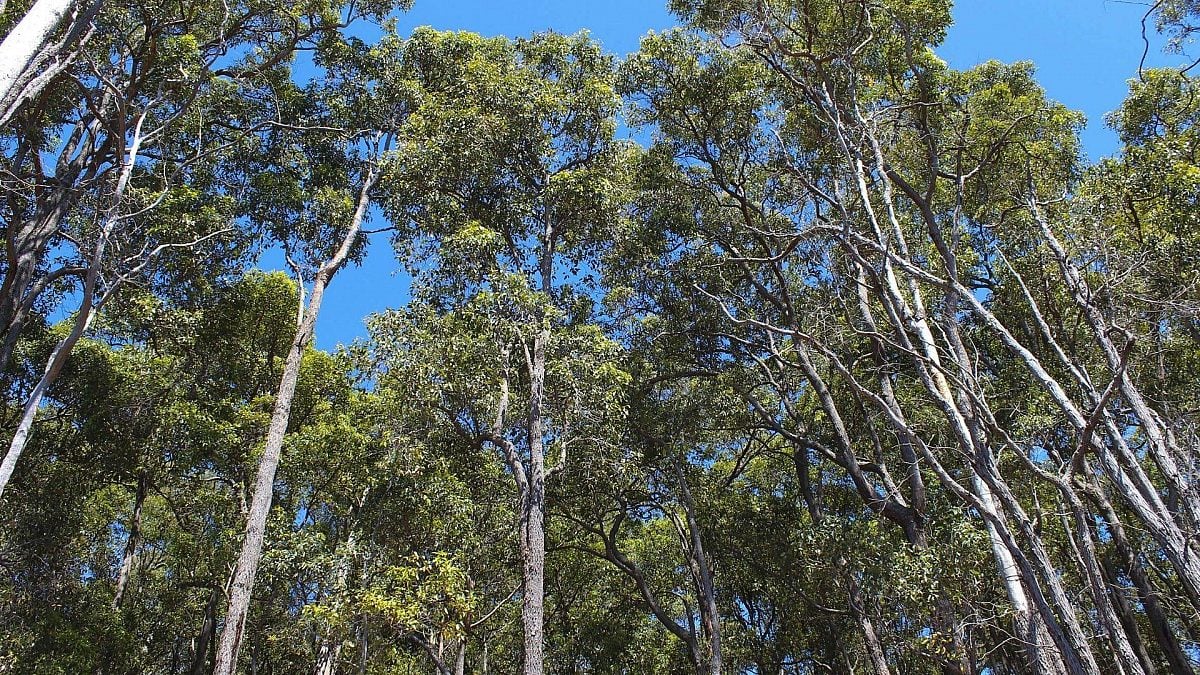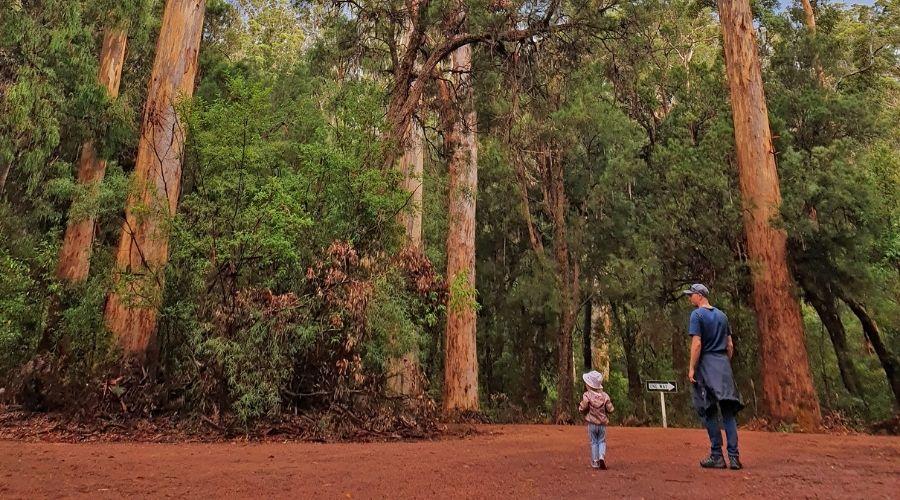
Have your say on the future of WA's forests
Take part in the new WA forests survey before 1 August
Despite the widely held belief that old-growth forests are fully protected in Western Australia, trees that pre-date European settlement are still ripped from their landscape every day. The vast majority of Western Australians want this to change.

The continued destruction of globally iconic native forests occurs despite enormous environmental harm and the senseless churn of these magnificent trees into woodchips, charcoal and firewood. And all only possible because of massive taxpayer subsidies.
The WA Minister for Environment, Hon Amber-Jade Sanderson MLA, has launched a new community survey to gauge public opinion on the value and use of WA’s native forests. This type of community consultation presents a new opportunity to provide a clear message to decision-makers about the next Forest Management Plan.
Take the WA Government's survey
The government’s survey seeks to gauge community views on the value, management and future use of WA’s south-west native forests. The Wilderness Society has prepared this survey guide for supporters that want genuine protection of high conservation value forests.
While we always appreciate your support, you should feel comfortable to respond in any way that you choose, before the survey closes on 1 August 2021.
A guide to filling out the survey
SECTION 1 - About You
Reflect your personal or business interactions with WA’s south-west native forests.
SECTION 2 - The value of Western Australian Forests
2.1 - Preference “biological diversity”, “carbon storage”, “Aboriginal cultural heritage” or “habitat for threatened species and communities”.
2.2 - Preference “Aboriginal cultural heritage”, “threatened species and communities”, “old growth forest areas”, “carbon storage” or “biodiversity”. To maximise the impact of your responses, try to avoid duplicating your responses in 2.1 and 2.2.
2.3 - Preference “Mining (including exploration)”, “carbon storage” and “native timber harvesting”
SECTION 3 - Management of Western Australian Forests
3.1 - Select “Very unsustainable” as a response for “Native timber harvesting” and “Mining”.
3.2 - Select “Yes” to support honey production, carbon storage and responsible tourism.
3.3 - Select “Yes” and add a description of barriers that include native timber harvesting of high conservation value forest, mining and inappropriate fire regimes.
3.4 - Select “it is never appropriate”.
3.5 - Select “Don’t know”, as the primary focus of your response is the consideration of protecting high conservation value native forests.
3.6 - Select “No” and comment that “a contemporary review of old-growth definition and identification is required”.
3.7 - Express your views on the significance of climate change, the connection to native forests and environmental protection. Select “Strongly agree” for the following statements: “More areas of native forest should be protected”, “Fewer areas of native forest should be available for timber harvesting” and/or “No native forest harvesting should occur”.
SECTION 4 - The future of Western Australian Forests
4.1 - Select “No”.
4.2 - Select as many options as you like, however preference “Fire management”, “Native timber harvesting” and “Mining”.
4.3 - Comment “sustainably and with permanent protection of high conservation values”.
4.4 - Comment “Provide permanent protection of high conservation values, rethink current fire management regimes (including prescribed burning) and avoid further expansion of bauxite mining into native forests”.
SECTION 5 - About You
Provide as much personal information as is comfortable. The survey provider has advised that they will treat all information in a confidential manner and any data will be non-identifiable.
Resources:
Download our guide to filling out the survey to share.
Access the WA government’s survey